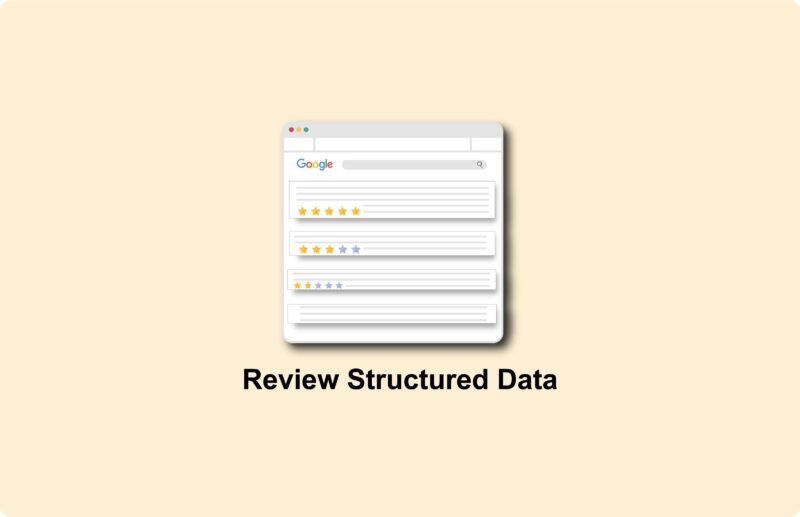SEO for progressive web apps (PWAs)

Progressive Web Apps (PWAs) combine the best features of websites and native apps. They offer fast load times, offline functionality and a seamless user experience. But how do you optimize a PWA for search engines? In this article, I share detailed strategies and techniques to improve the SEO of your PWA improve.
What is a PWA?
A Progressive Web App is a type of application that is delivered over the Web, but behaves and looks like a native app. PWAs use modern Web technologies such as service workers, manifest files and HTTPS to provide a fast, reliable and immersive user experience, even with limited or no Internet connection.

Why is SEO for PWAs important?
While PWAs provide an excellent user experience, it is essential that they are also easily findable in search engines. Without proper SEO strategies, your PWA can remain invisible to potential users. SEO helps increase visibility and organic traffic to your PWA, which ultimately leads to more users and increased engagement.
In practice, it often takes more knowledge and capacity to get the SEO right for a PWA, but at the same time it has more potential to really break through in the search engines. The reason is that the user experience and speed of experience is often higher than the average WordPress experience.
Key SEO strategies for PWAs
Here are some key strategies for optimizing your PWA for search engines:
- Use of HTTPS:
- Security and trust: Make sure your PWA is hosted on an HTTPS connection. HTTPS is not only crucial for security, but Google also prioritizes secure sites in search results.
- Implementation: Purchase an SSL certificate and make sure all your pages load via HTTPS. Use 301 redirects to redirect HTTP traffic to HTTPS.
- Implementation of Service Workers:
- Fast load times: Service workers help cache resources and provide offline access. This ensures faster load times and a better user experience, which can indirectly improve your SEO.
- SEO impact: Ensure that key content and metadata are available without the need for service workers so that search engines can correctly index your site.
- Configuring a Web App Manifest:
- Metadata for search engines: A web app manifest provides search engines with important information about your PWA, such as its name, description, icons and themes. This helps improve visibility and clickthrough rates in search results.
- Optimization: Complete the manifest file completely and make sure it contains all relevant information.
Technical optimizations for PWAs
In addition to the basic strategies, there are some technical optimizations to consider:
- Use of JavaScript:
- Indexability: Many PWAs rely heavily on JavaScript. Make sure your content is also accessible to search engines that may have limited support for JavaScript rendering.
- Server-side rendering (SSR): Consider SSR to ensure that key content is displayed and indexed by search engines.
- Canonical tags:
- Prevent duplicate dontent: Use canonical tags to indicate which version of a page is preferred. This helps avoid problems with duplicate content, especially when your PWA is available through different URLs.
- Implementation: Add the rel=”canonical” tag to the head section of your HTML files.
- XML sitemaps and Robots.txt:
- Sitemaps: Create an XML sitemap to help search engines find and index all the pages of your PWA. Make sure your sitemap stays up-to-date with new and changed content.
- Robots.txt: Configure your robots.txt file to direct search engines to the parts of your PWA they need to crawl and index.

Content optimization for PWAs
Content remains king, even for PWAs. Here are some tips for optimizing your content:
- Keyword research and optimization:
- Relevant keywords: Conduct thorough keyword research to identify the terms your target audience uses. Integrate these keywords naturally into your content.
- On-page SEO: Optimize titles, meta descriptions, headers and alt texts. Make sure your content is valuable and informative to your users.
- Structure and navigation:
- Clear structure: Make sure your PWA has a logical and clear structure. This helps search engines better understand and index your content.
- Internal links: Use internal links to reinforce key pages and create a hierarchy.
- Performance optimization:
- Page speed: Optimize images, minimize CSS and JavaScript, and use caching to improve the load time of your PWA.
- Core Web Vitals: Target Google’s Core Web Vitals, such as Largest Contentful Paint (LCP), First Input Delay (FID), and Cumulative Layout Shift (CLS), to provide a better user experience.
Conclusion
SEO for PWAs requires a combination of technical optimizations and content strategies. By implementing HTTPS, service workers, a web app manifest, and SEO-friendly content, you can significantly improve your PWA’s visibility and organic traffic.
Don’t forget to regularly evaluate and update your SEO strategies to comply with the latest best practices and search engine algorithms. With a properly optimized PWA, you can provide your users with a superior experience while strengthening your online presence.






